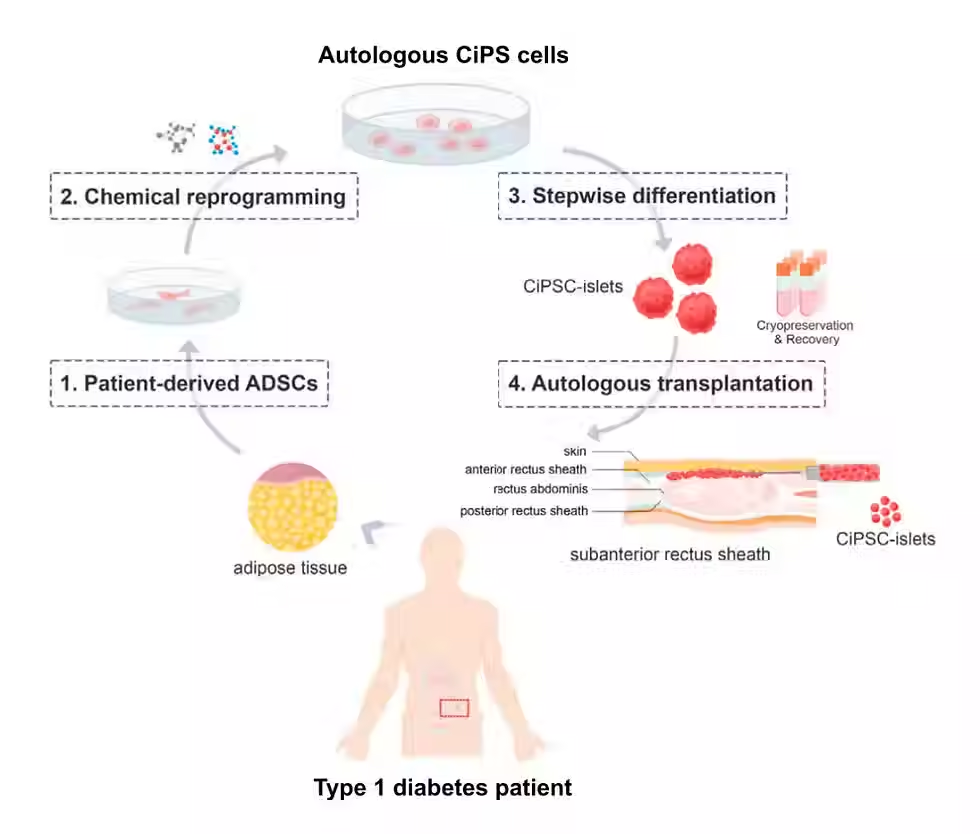Transforming Type 1 Diabetes Care: The Promise of VX-264
- EM
- Nov 2, 2024
- 2 min read
Type 1 diabetes (T1D) is a life-altering autoimmune condition where the immune system destroys insulin-producing beta cells in the pancreas. This leaves individuals dependent on external insulin to regulate blood sugar levels.
While current treatments focus on managing the disease, curative options remain elusive.

VX-264, an experimental therapy from Vertex Pharmaceuticals, could shift the paradigm with its innovative approach to T1D treatment.
Introducing VX-264: A Revolutionary Concept
VX-264 is a cutting-edge therapy designed to restore natural insulin production using encapsulated stem cell technology. By replacing damaged beta cells with lab-grown, healthy beta cells, VX-264 mimics the pancreas's natural ability to regulate blood glucose levels.
What makes VX-264 unique is its encapsulation device. This protective barrier shields the implanted cells from the immune system while allowing essential nutrients to nourish them. Unlike its predecessor, VX-880, VX-264 eliminates the need for immunosuppressive drugs, which carry risks such as infection and other adverse effects.
How VX-264 Works
Decades of research into stem cell technology underpin VX-264. Vertex has pioneered methods to generate a virtually unlimited supply of insulin-producing beta cells in the lab. These cells, when encapsulated in VX-264’s device, operate as a surrogate pancreas, offering precise glucose control without compromising the immune system.
In earlier trials of VX-880, similar beta cells showed exceptional promise, significantly improving glucose regulation in participants. VX-264 enhances this by pairing proven cell technology with an advanced delivery system, aiming to achieve robust results without the drawbacks of immunosuppression.
Progress in Clinical Trials
tolerability, and efficacy in individuals with T1D. Encouragingly, participants in VX-880 trials—an earlier iteration of Vertex's stem cell therapy—achieved near-normal glucose regulation and substantially reduced dependence on external insulin.
If VX-264 replicates or surpasses these outcomes, it could redefine diabetes care by targeting the disease's root cause rather than just its symptoms.
A Potential Turning Point for T1D
The prospect of a therapy like VX-264 brings hope to millions affected by T1D. By addressing the underlying autoimmune damage, VX-264 offers more than temporary relief—it strives to restore autonomy and improve quality of life.
Key challenges remain, including scaling production and demonstrating long-term safety and efficacy. However, the innovative science behind VX-264 signals a transformative era for diabetes treatment.
Toward a Cure
VX-264 exemplifies the profound impact of scientific innovation on chronic diseases. For people with T1D, the vision of a life free from constant glucose monitoring and insulin injections is drawing closer to reality.
As clinical trials progress, VX-264’s journey will be closely watched, offering hope that the days of T1D as a lifelong burden may soon be behind us.
Stay tuned for updates on this groundbreaking therapy as it advances toward revolutionizing diabetes care.



Comments